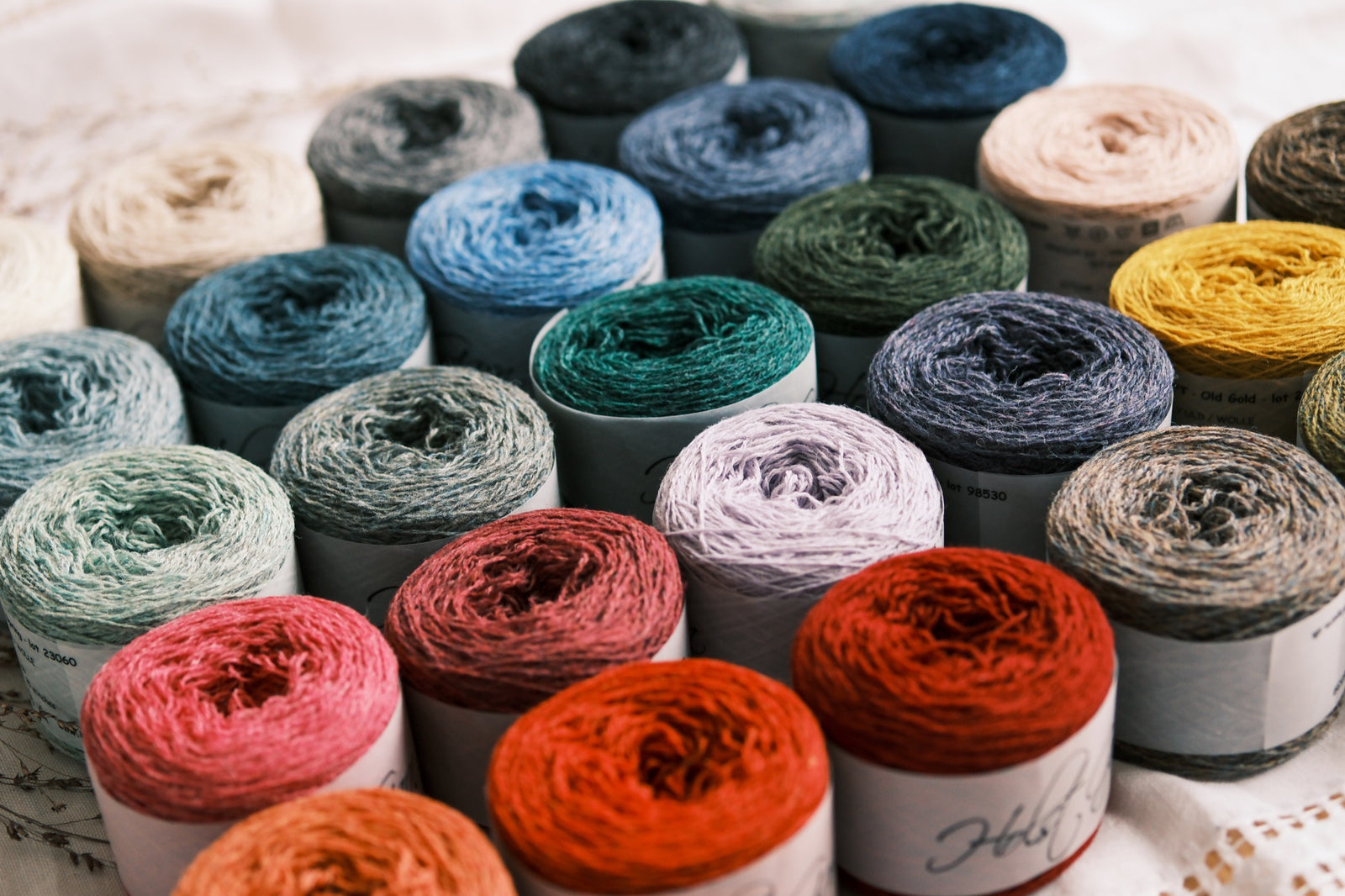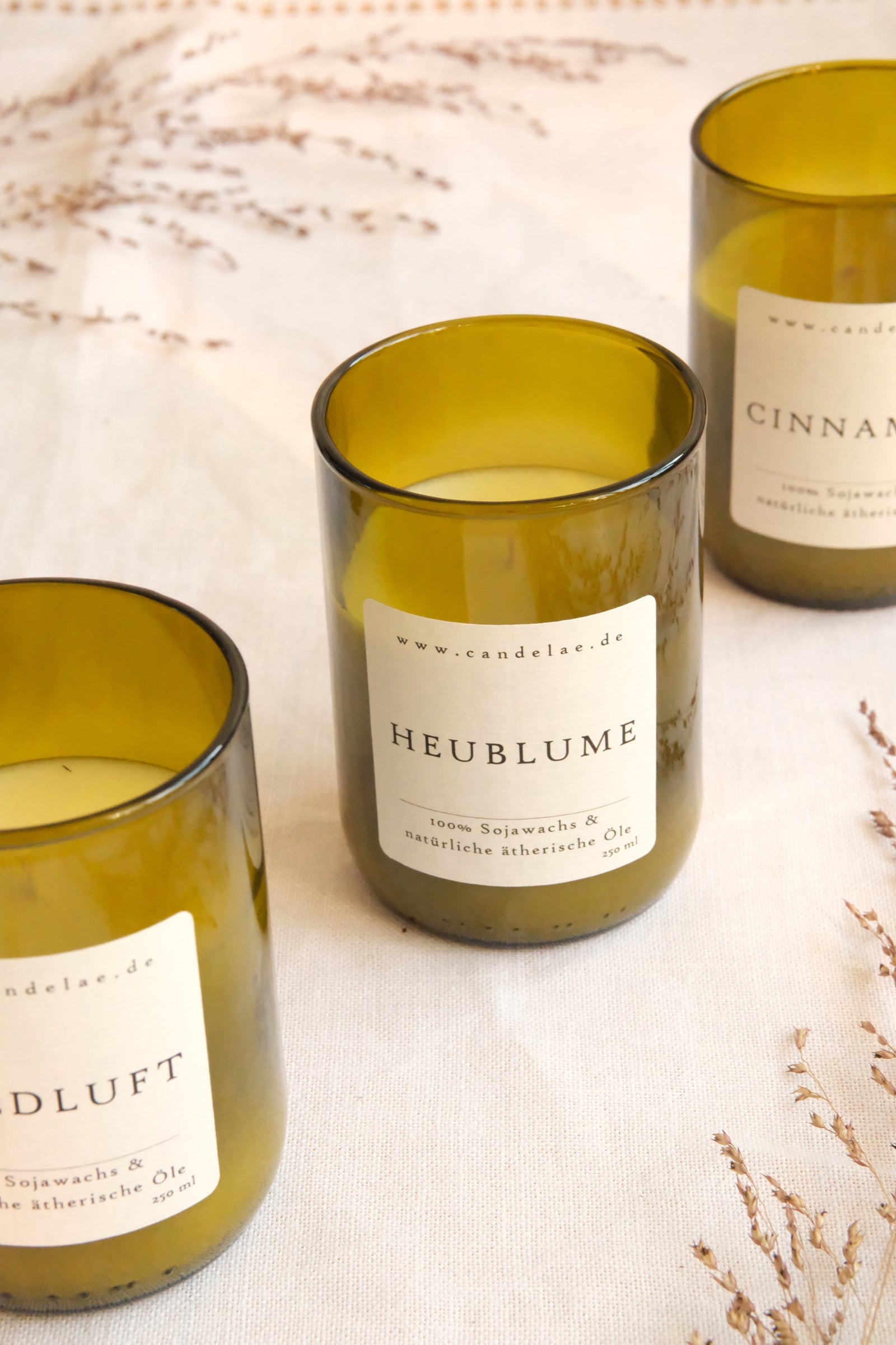Your Cart is Empty
Free Shipping on orders over €75 (Germany) | €125 (International)
Free Shipping on orders over €75 (Germany) | €125 (International)
Notions & Gifts
Books, Magazines & Patterns
- Annika Scheer | Rosemary & Pines Fiber Arts
- Ayano Tanaka
- Barbara Gottwik
- Crystal Hiatt
- Elena Solier Jansà
- Emily Joy Rickard
- Emma Ducher
- Fiona Alice
- Fiona Munro
- Imke von Nathusius
- Jennifer Brou
- Jill Thompson Beach
- Joan Forgione | Paper Moon Knits
- Julia Exner
- Kjerstin Rovetta
- Ksenia Naidyon | Life is Cozy
- Madeleine Renarde
- Makenzie Alvarez
- Making Stories
- Maria Muscarella
- Marina Skua
- Marthe Forodden
- Rebekka Mauser
- Renate Kamm
- Susan Schädler
- Tania Dejoie
- Valentina Cosciani
- Vanessa Pellisa
- Annika Scheer | Rosemary & Pines Fiber Arts
- Ayano Tanaka
- Barbara Gottwik
- Crystal Hiatt
- Elena Solier Jansà
- Emily Joy Rickard
- Emma Ducher
- Fiona Alice
- Fiona Munro
- Imke von Nathusius
- Jennifer Brou
- Jill Thompson Beach
- Joan Forgione | Paper Moon Knits
- Julia Exner
- Kjerstin Rovetta
- Ksenia Naidyon | Life is Cozy
- Madeleine Renarde
- Makenzie Alvarez
- Making Stories
- Maria Muscarella
- Marina Skua
- Marthe Forodden
- Rebekka Mauser
- Renate Kamm
- Susan Schädler
- Tania Dejoie
- Valentina Cosciani
- Vanessa Pellisa

Our current Issue 11

All Books & Magazines
About Us
We're here to help you stitch sustainability into every aspect of your making.
With our carefully curated selection of non-superwash, plastic-free yarns and notions, we have everything you need to get started on your next project - and the one after that.
Here's to a wardrobe of knits we love and want to wear for years to come!
We're here to help you stitch sustainability into every aspect of your making.
With our carefully curated selection of non-superwash, plastic-free yarns and notions, we have everything you need to get started on your next project - and the one after that.
Here's to a wardrobe of knits we love and want to wear for years to come!
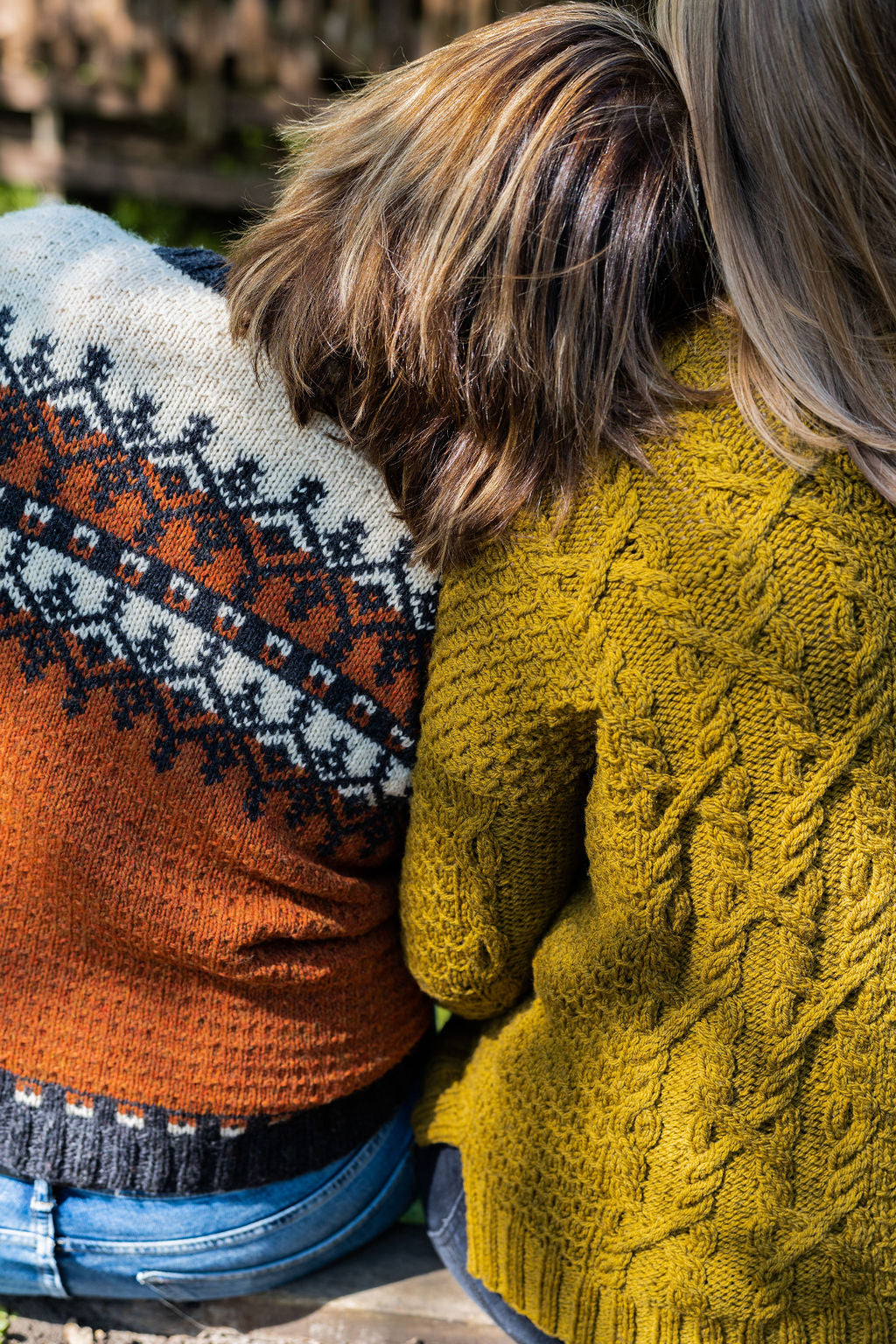
Our Sustainability Pledge

Our Blog
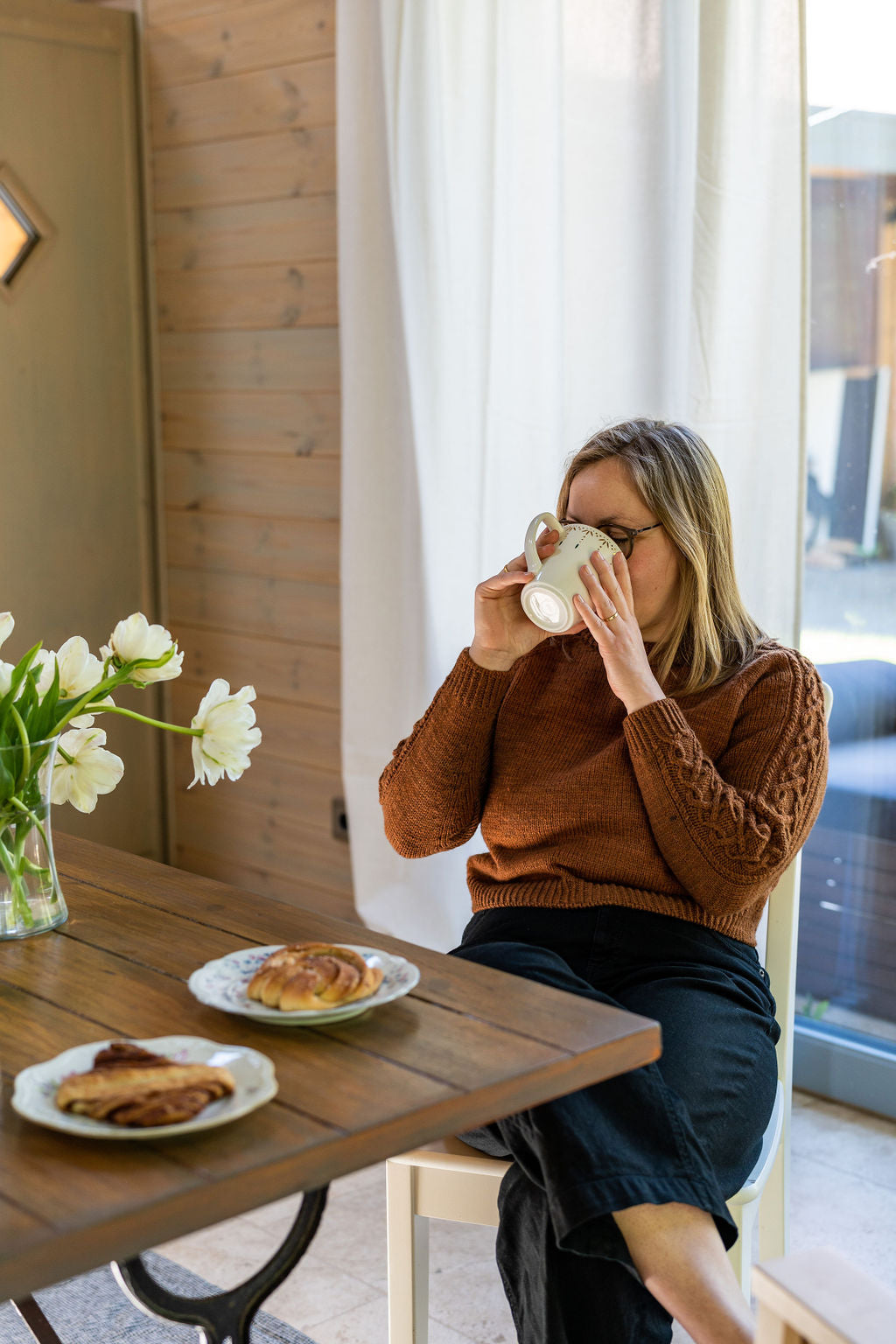
Our Podcast
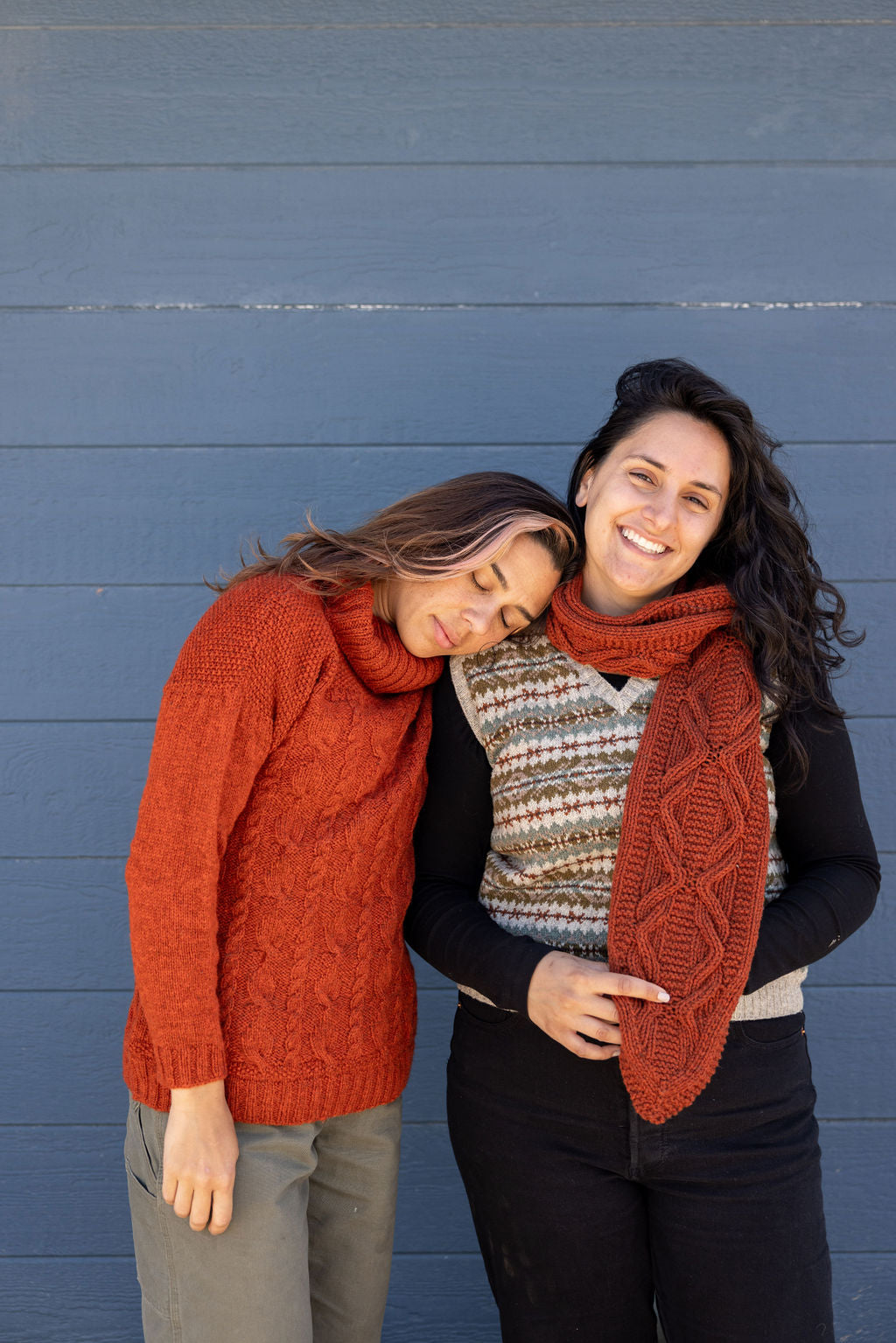
The Making Stories Collective
What is Mulesing?
May 05, 2020 3 min read
'Mulesing-free' - a few months ago, when I asked on Instagram what you, our lovely readers, look for in a sustainable yarn, that was by far the number one answer. So today we're taking a look at what mulesing-free yarn is, and to do that, we're going to dive headfirst into the world of sheep farming!
'Mulesing' is the term for a procedure developed by JHW Mules in the 1920s. During this procedure, strips of skin are removed around a lamb's butt, usually when the lamb is between 6 and 10 weeks old.

Why? Mulesing is one of the ways you can prevent flystrike in sheep - a fatal (if untreated) parasitic infection where fly larvae grow inside a sheep's body and feed of its skin and flesh. As the skin that will eventually cover the wound on the lamb's buttocks will grow significantly less wool than before, feces and urine - both things that attract the blowflies causing flystrike - are a lot less likely to accumulate there. Therefore, mulesed sheep are less susceptible to flystrike.
Mulesing has come under a lot of scrutiny as it's often done without anesthetics or painkillers, and observations suggest that in addition to the immediate pain and discomfort, lambs have trouble gaining weight after the procedure.
The problem of flystrike, however, is still a very real one with fatal consequences for the sheep.
So are there alternatives to mulesing that help prevent it?
Breeding programs that work on increasing the number of sheep with less wrinkles - especially in the buttocks area - have shown that so-called 'plain-bodied' (i.e. less wrinkly) sheep are significantly less likely to get flystrike. This obviously takes a long time, though, so while it seems to be the most promising avenue forward, it's not a quick fix!
A shorter-term alternative is spraying the sheep once per season with dicyclanil, a chemical that prevents blowfly growth on the sheep. This, coupled with more frequent flock inspections, has been shown to keep flystrike rates at the level of mulesed sheep (1). It requires more resources, however, both for the more frequent treating of the sheep as well as for the inspections.
'Steining'is a third alternative - this describes a procedure during which liquid nitrogen is applied to the buttock's folds of the sheep. The tissue in those wrinkles freezes, effectively killing off all nerve cells, and eventually the wrinkles will fall off, leading to similar result to mulesing: The area around the sheep's butt is covered with less fleece and therefore less susceptible to flystrike. As this method is relatively new - it's been developed towards the end of the 2010s - studies on its effects are not yet available. Observations seem to suggest that lambs recover more quickly from steining than from mulesing and that there's no weight gain issue after this procedure.
If a yarn is not labeled as 'mulesing-free' does it automatically mean that the sheep have been mulesed?
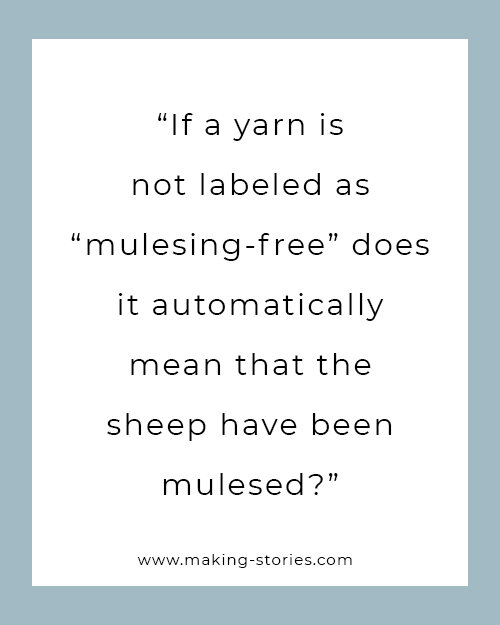
Short answer: No: Longer and more practical answer: No, and you can take a look at the source of the fleeces to rule out mulesing.
Why is that so? Today, mulesing is - to our knowledge - only practiced in Australia. New Zealand - the only other country that's practiced mulesing in the near past - has banned it as of October 2018. So if the raw fleeces that have been used in your yarn do not come from Australia, chances are that the sheep have not been mulesed.
If they do come from Australia, though, they might well have been: According to government estimates from 2019 (2), approximately 70% of Merino wool-producing sheep in Australia are mulesed. This also has to do with an interesting development in Australian sheep farming: Historically, Australian Merino sheep - the predominant sheep breed present on the continent - have been bred to have a lot of wrinkles. Why? More wrinkles = more fleece = higher profit per sheep. Unfortunately, though, the more wrinkles a sheep has, the more susceptible it is to flystrike as well.
What can you do if you're not sure if your yarn is mulesing-free?
I highly encourage you to contact the yarn company and ask them about it! Before you do that, you can also spend a bit of time on their website - most yarn companies that are working with mulesing-free wool from Australia will have information about that publicly available. If that's not the case, write them and ask!
Over to you:
I'd be curious to hear: What are your favorite mulesing-free yarns? Do leave them in the comments down below, I love discovering new-to-me yarns!
(1) https://www.ncbi.nlm.nih.gov/pubmed/17359305
(2) https://www.agric.wa.gov.au/livestock-parasites/managing-non-mulesed-sheep
Leave a comment
Comments will be approved before showing up.
Also in Blog

What’s the difference between combed top, roving, batts and rolags?
May 08, 2024 5 min read
Learning to spin yarn comes with a huge array of new jargon, and a lot of these terms relate to how the fibre is prepared. Whether animal or plant fibre, there is a variety of ways it can be processed from raw material into something you can spin into yarn.
We’re going to look at some of the common formats available to hand spinners, what their characteristics are and the kind of spinning techniques they’re suitable for.

6 Joyful Spring Knitting Patterns - My Current Favorites!
April 10, 2024 4 min read
Hi lovelies! Spring has sprung here in Berlin – as I am typing this (mid March), the buds on the chestnut tree out the window are a few days away from bursting, the forsythias are in full bloom, and our strawberry plants have started their comeback as well (leaves so far, but Aurin checks every day for berries :)).
So it's no surprise at all that today's blog post is very much inspired by the sun and the warmer days to come! I have put together a sweet roundup of 6 joyful spring knitting patterns, all of which I'd love to have on my needles soon. (If someone can get me an extra day or two per week to knit (oh, and to spin), I'd love that!)
The three yarns I've paired them with are my favorite spring / summer yarns: De Rerum Natura's Antigone, a delightful sport-weight linen yarn, Wooldreamers' Saona, a 50% Spanish cotton, 50% Spanish wool blend, and Natissea's Pernelle, our newest spring yarn: A 100% European hemp yarn!

Get to Know: Pernelle, our first 100% hemp yarn!
April 02, 2024 3 min read 1 Comment
Hi lovelies! As you might know, we are slowly, surely expanding the portfolio of the shop – I am always on the lookout for wonderful sustainable yarns that might fill gaps we still have, and one that was on the list since last summer was an additional spring / summer yarn.
When I learned about Natissea, a French yarn company dedicated to organic plant yarns, from Audrey Borrego last year, I immediately contacted them to order some samples. As soon as I had Pernelle, their 100% European hemp yarn, on the needles, it was love – grippy, but not ropey, with a lovely drape that only got stronger after a good washing and blocking session.
The shade cards had me swooning too – a really comprehensive, well-composed range of colors with something for everyone in it, from neutrals to spring-inspired pastels to deep jewel tones.
So I was so pleased when Natissea accepted us as a stockist – and I am extra excited to introduce Pernelle to you. Our first 100% hemp yarn, perfect for summer tops, T-Shirts, and lightweight sweaters!
I reached out to Mathilde over at Natissea and she graciously agreed to answer a few questions about Pernelle. I loved reading her answers!
Who Is Making Stories?
We're a delightfully tiny team dedicated to all things sustainability in knitting. With our online shop filled with responsibly produced yarns, notions and patterns we're here to help you create a wardrobe filled with knits you'll love and wear for years to come.
Are you part of the flock yet?
Sign up to our weekly newsletter to get the latest yarn news and pattern inspiration!
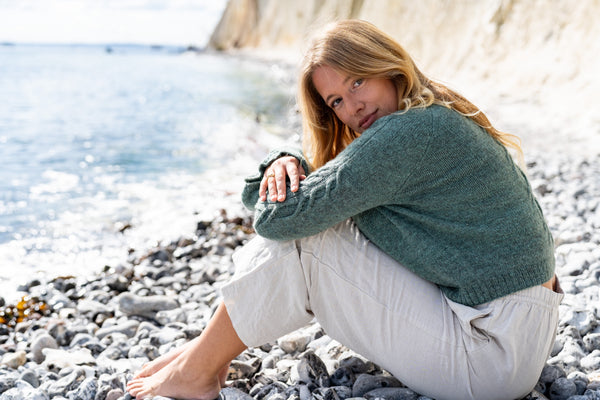
Join the Making Stories flock!
Every Tuesday our newsletter arrives in your inbox, full to the brim with Making Stories goodness. If you would like to join in on the fun, fill in the form below.
As a thank you, we gift you a digital publication of your choice!

